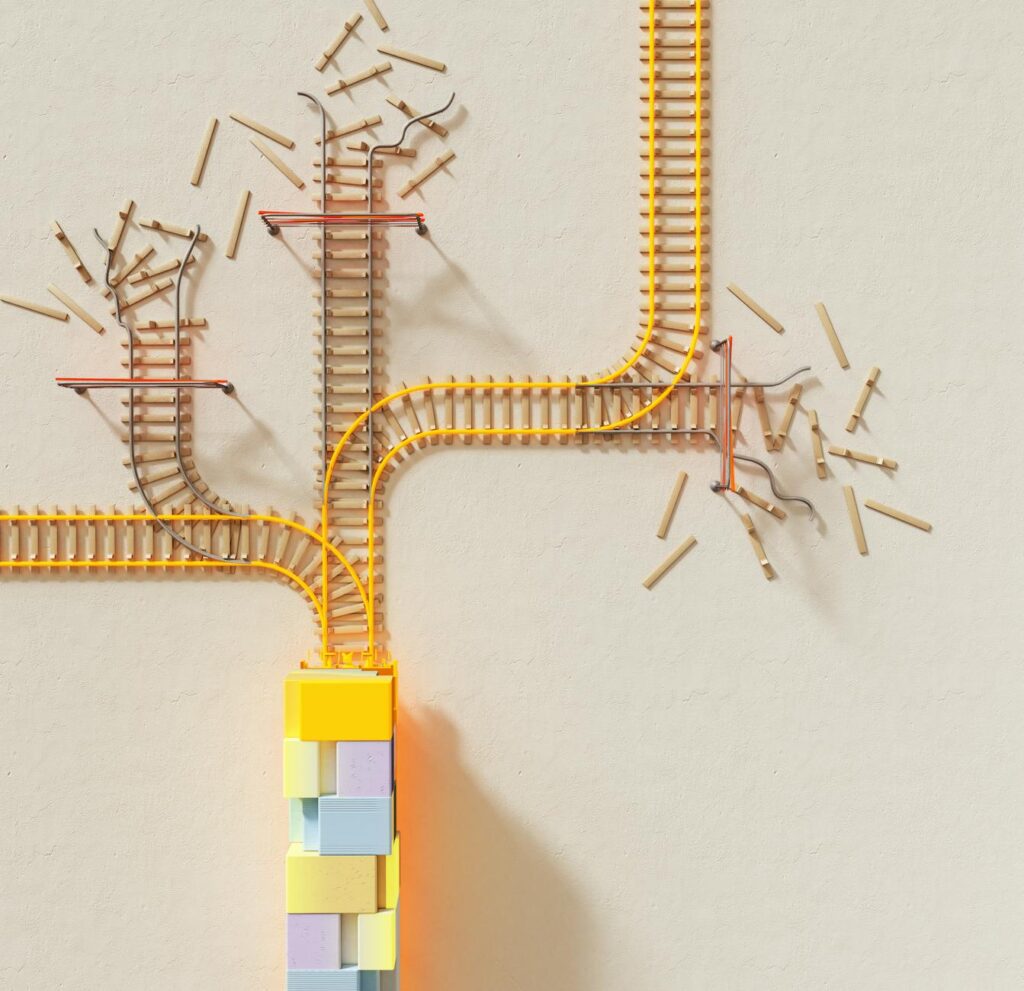What is neural plasticity mechanisms?

What is neural plasticity mechanisms?
Neural plasticity mechanisms are fascinating processes that allow our brains to adapt, learn, and change throughout our lives. This adaptability is not just about recovering from injuries; it’s about improving our cognitive abilities and enhancing our personal development. Understanding these mechanisms can have a profound impact on how we approach learning and personal growth.
Understanding Neural Plasticity
At its core, neural plasticity refers to the brain’s ability to reorganize itself by forming new neural connections. This dynamic capability is crucial for learning, memory, and recovery from brain injuries. Just like how a river can carve new paths through a landscape over time, our brains reshape themselves based on our experiences, environment, and activities.
Definition of Neural Plasticity
Neural plasticity can be defined as the brain’s capacity to modify its structure and function in response to experience. There are two primary types of neural plasticity:
-
Functional Plasticity: This is when the brain can move functions from damaged areas to undamaged areas. For instance, if one part of the brain is injured, another part may take over the tasks it previously performed.
-
Structural Plasticity: This involves the actual physical changes in the brain’s structure, such as the growth of new synapses or neurons.
Historical Context
The study of neural plasticity has evolved significantly over the years. Early research focused primarily on observing the brain’s ability to recover after injuries. However, as technology and research methodologies advanced, scientists began exploring how learning and experiences could influence brain structure and function. For a more detailed exploration of this history, you can check out the article on neuroplasticity.
Mechanisms of Neural Plasticity
Several mechanisms underpin neural plasticity, each playing a critical role in how our brains adapt and learn.
Synaptic Plasticity
Synaptic plasticity refers to the changes in the strength of connections between neurons (synapses). When you learn something new, your brain strengthens the synaptic connections involved in that learning. This process is key to reinforcement learning—a foundational aspect of how we acquire and retain knowledge. The detailed mechanisms of synaptic plasticity are discussed in the research found on Nature.
Structural Plasticity
Structural plasticity involves physical changes in the brain, such as the growth of new synapses and even new neurons. For example, engaging in new experiences or learning new skills can lead to changes in the brain’s architecture, making it a more efficient processor of information. This concept is explored in depth in the article about neuroplasticity and brain degeneration.
Neurogenesis
Neurogenesis is the process by which new neurons are formed in the brain. While neurogenesis primarily occurs during development, researchers have found that it can also happen in adulthood, particularly in the hippocampus, an area crucial for memory. This ability to generate new neurons plays a significant role in learning and emotional regulation.
Factors Influencing Neural Plasticity
Several factors can influence the degree of neural plasticity, affecting how readily our brains can adapt.
Age and Neural Plasticity
Age plays a significant role in how well our brains can adapt. Younger individuals typically exhibit greater neural plasticity, making it easier to learn new skills or recover from injuries. As we age, this plasticity tends to decrease, but the brain remains capable of change, albeit at a slower rate. Understanding how age affects neural plasticity can help us tailor our learning strategies for different life stages.
Environmental Influences
The environment we live in significantly impacts our brain’s plasticity. Rich, stimulating environments enhance neural connections, while impoverished environments may hinder brain development. Engaging in diverse experiences and challenges—like learning a new language or playing a musical instrument—can stimulate brain activity and promote plasticity. The implications of these environmental influences on learning are well-documented in articles like The Impact of Studying Brain Plasticity.
Applications of Neural Plasticity Mechanisms
Understanding neural plasticity mechanisms has practical implications across various fields, including personal development and therapeutic applications.
Implications in Personal Development
Knowing how neural plasticity works can guide us in improving our learning strategies and productivity. By engaging in activities that challenge our minds, like puzzles or complex problem-solving, we can enhance our cognitive abilities. Even simple practices like mindfulness and meditation have been shown to promote changes in brain structure and function.
Therapeutic Applications
Neural plasticity is crucial in rehabilitation following brain injuries or strokes. Understanding how the brain can rewire itself allows therapists to design effective recovery programs that facilitate healing. Additionally, insights into plasticity are paving the way for new treatments for neurological disorders, showing promise in conditions like depression and anxiety. The therapeutic aspects of neural plasticity have been discussed extensively in various academic articles, including the introduction to neural plasticity mechanism.
Conclusion
Neural plasticity mechanisms are vital to our understanding of how the brain adapts and learns over time. They not only shed light on the processes behind learning and personal growth but also highlight the brain’s remarkable ability to recover and reorganize after injury. By grasping the nuances of neural plasticity, we can harness its power for personal development and enhance our approaches to learning, healing, and living. Embracing these mechanisms can lead to more effective strategies in our everyday lives and contribute to our overall well-being and growth.

Photo by Google DeepMind